Mole, a beloved dish in Mexican cuisine, has captivated food enthusiasts worldwide with its rich flavors and complex ingredients. For those unfamiliar, mole is a savory sauce that accompanies dishes like chicken, pork, and rice, offering a unique blend of flavors derived from traditional recipes passed down through generations. At its core, traditional mole is a fusion of indigenous ingredients, spices, and sometimes chocolate, creating a dish that is as much a cultural symbol as it is a culinary masterpiece. This article delves into the secret ingredients behind authentic mole recipes, exploring the components that make each variation unique while uncovering the history and evolution of this iconic dish.
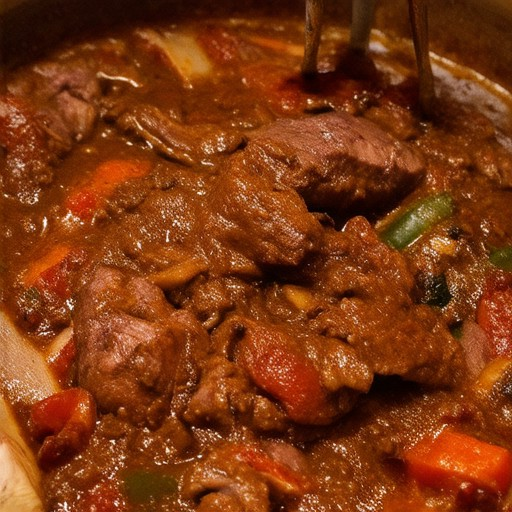
What is Mole Traditionally Made Of?
Mole, a iconic dish in Mexican cuisine, is traditionally made using a complex blend of ingredients that create a rich, flavorful sauce. Here’s a breakdown of the key components:
-
Dried Chilies: At the heart of most mole recipes are dried chili peppers. Common varieties include ancho, pasilla, and chipotle peppers, each contributing distinct levels of heat and smokiness.
-
Acidic Fruits: Tomatoes and green tomatoes are often used to add acidity and depth to the sauce. Tamarind, a tropical fruit, is also sometimes incorporated for a tangy flavor.
-
Sweet Fruits: To balance the heat and acidity, sweet fruits like pears, plums, and grapes are frequently added. These fruits contribute a natural sweetness that complements the savory elements beautifully.
-
Spices: A variety of spices are typically included to enhance the aromatic profile of the mole. Cinnamon, cumin, cloves, and oregano are common additions, lending warmth and complexity to the dish.
-
Thickeners: To achieve the desired consistency, thickeners like walnuts, almonds, sesame seeds, and even bread or tortillas are often employed. These ingredients help bind the sauce together while adding texture.
For a more authentic experience, many cooks also incorporate roots and herbs such as radish, turnip, and epazote leaves. These ingredients add layers of flavor that elevate the mole to new heights.
If you’re looking to explore authentic mole recipes or learn more about crafting this traditional dish, visit our recipe section for a variety of options tailored to every taste preference. Panito Mole Recipes.
What Ingredient is Added Into Mole?
Mole sauce, a beloved Mexican dish, typically includes a unique blend of ingredients. At its core, mole begins with a base made from chocolate, giving it a rich, nuanced flavor. This foundation is then augmented with various components:
- Chiles: At least two types are commonly used to provide heat and depth.
- Sour Elements: Tomatoes or tomatillos contribute acidity.
- Sweetness: Dried fruits or sugar balance the spiciness.
- Spices: Herbs like cinnamon or cloves add complexity.
- Thickeners: Nuts, seeds, or bread are often incorporated to create a smooth texture.
These ingredients are meticulously combined and simmered to develop a rich, multi-layered flavor profile.
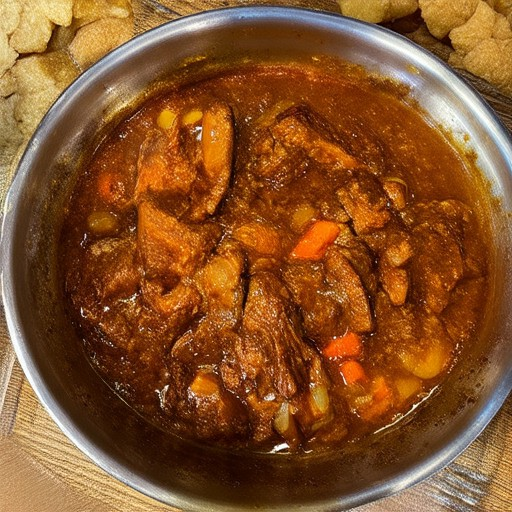
What is the Aztec Special Ingredient Added to Moles?
Moles, particularly Mole Poblano, the iconic dish from Puebla, Mexico, have a rich history rooted in prehispanic traditions. Among the many ingredients that make mole so unique, one stands out as a cornerstone of Aztec culinary tradition: xocolatl.
Aztec Origins of Xocolatl
Xocolatl, the Aztec word for “bitter water,” was a sacred beverage made from roasted cocoa beans, water, and often flavored with spices or honey. This drink was not merely a treat but held significant cultural and religious importance. It was believed to be a gift from the gods, particularly from Quetzalcoatl, the god associated with agriculture and nutrition.
The Role of Xocolatl in Mole
While modern mole recipes may include a variety of ingredients such as tomatoes, chili peppers, squash, and various herbs, the foundation of mole sauce remains xocolatl. The addition of this ancient drink adds depth and complexity to the dish, evoking the flavors of pre-Columbian Mexico. The Spaniards who introduced sugar to the Aztecs later refined this into the chocolate we know today, but the essence of xocolatl persists as a key component in authentic mole recipes.
Cultural Significance
Xocolatl was not just a food but a symbol of wealth and prestige. It was used in ceremonial offerings and served during important festivals. Its presence in mole reflects the blend of indigenous ingredients and Spanish influences that characterize Mexican cuisine.
Evolving Traditions
Over time, the recipe for xocolatl evolved, incorporating new ingredients introduced by Spanish colonists. However, the core of this traditional Aztec drink remained unchanged, serving as a testament to the resilience and adaptability of indigenous cultures in the face of change.
At Panito Mole, we celebrate the rich heritage of Mexican cuisine, including the art of crafting authentic mole sauces. Our recipes pay homage to these ancient traditions, ensuring that the true flavor of mole, with its xocolatl base, remains preserved and enjoyed by generations.
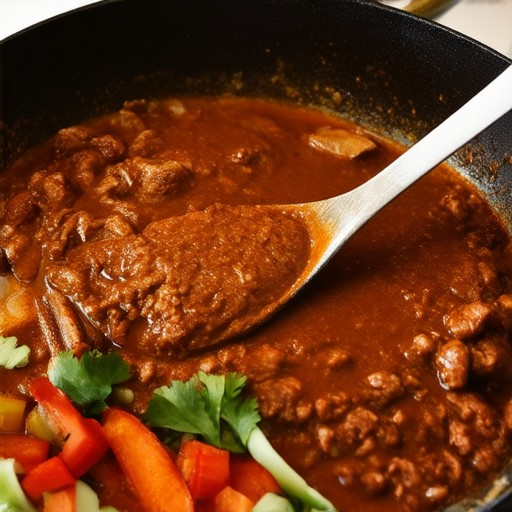
Does Traditional Mole Have Chocolate?
Mole, a iconic dish in Mexican cuisine, is a rich, complex sauce that varies greatly depending on region and recipe. While many traditional mole recipes include chocolate, it is not a universal ingredient. Here’s a breakdown:
-
Overview of Mole: Mole is a savory sauce made from a blend of ingredients such as tomatoes, onions, nuts, seeds, and various spices. It is used as a base for meats like chicken, pork, and beef.
-
Types of Mole:
- Mole Poblano: One of the most famous types, this version typically includes chocolate. The dark cocoa adds depth and richness to the sauce.
- Mole Oaxacano: Originating from Oaxaca, this variant often incorporates chocolate as well, contributing to its distinctive flavor profile.
-
Mole Veracruzano: This style may include chocolate or alternative ingredients like dried fruits or spices, depending on the preparation.
-
Chocolate in Mole: In many traditional recipes, chocolate is used to balance the acidity of tomatoes and enhance the overall complexity. However, not all mole dishes include chocolate, as some versions opt for other ingredients like dried peppers or fruits.
-
Regional Variations: The inclusion of chocolate can vary by tradition and personal preference. Some chefs and households may omit it, while others consider it essential for authenticity.
For more details on crafting authentic mole dishes, explore our mole recipesand learn how to tailor them to your taste.
Is Chocolate Always in Mole?
Mole, a iconic dish in Mexican cuisine, often sparks curiosity about its ingredients. One common question is whether chocolate is always part of mole. The truth is, while chocolate adds richness to many mole variations, it’s not universally required.
Traditional mole recipes, particularly those originating from Oaxaca, Mexico, typically rely on dried chiles rather than chocolate. These chiles are ground using a metate, a traditional stone tool, to create a thick, velvety texture. However, in modern interpretations and certain regions, chocolate is incorporated to enhance flavor and luxury.
For festive occasions, some mole recipes do include cacao nibs or melted chocolate. This addition gives the sauce a smoother, almost custard-like consistency. While this makes mole richer, it’s far from the norm. Many classic mole dishes remain chocolate-free, focusing instead on the complex balance of spices and chile heat.
If you’re looking to explore mole without chocolate, Panito Mole offers a variety of recipes and tips to help you master traditional mole preparation. Our guides provide step-by-step instructions for creating authentic mole sauces, perfect for every skill level:
- Explore our mole recipe collection to find traditional and modern variations.
- Learn about the history of mole to understand its cultural significance.
- Discover key ingredients and how they contribute to the dish’s complexity.
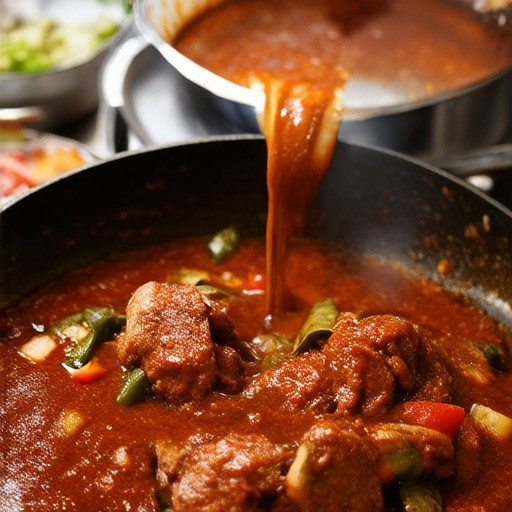
Does Traditional Mole Have Peanuts?
Mole, a beloved Mexican sauce, often varies by region and recipe. While it typically includes ingredients like chilies, tomatoes, onions, garlic, and spices, peanuts are not a universal component. Some recipes may incorporate nuts like almonds or walnuts, while others might use seeds such as pumpkin or sunflower seeds. However, peanuts are not a standard or fixed ingredient in traditional mole. Their presence depends on the specific preparation, so it’s advisable to verify the recipe or consult the preparer if unsure.
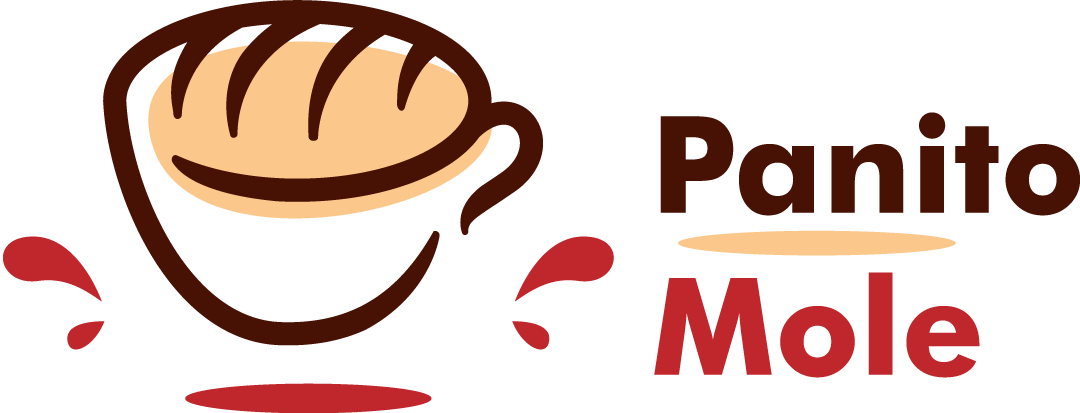
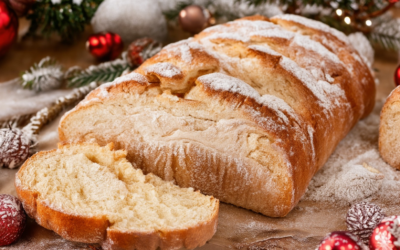
0 Comments